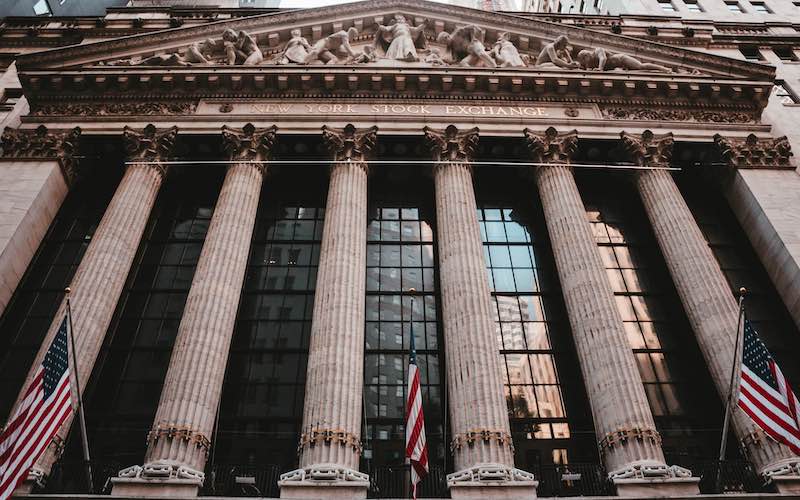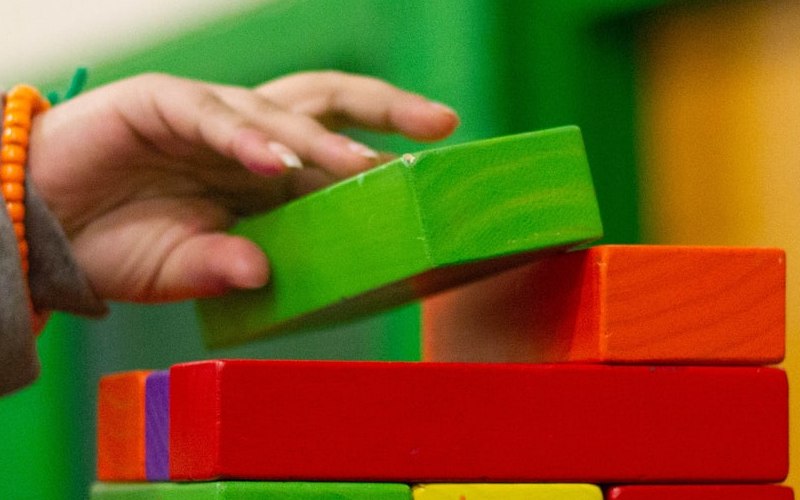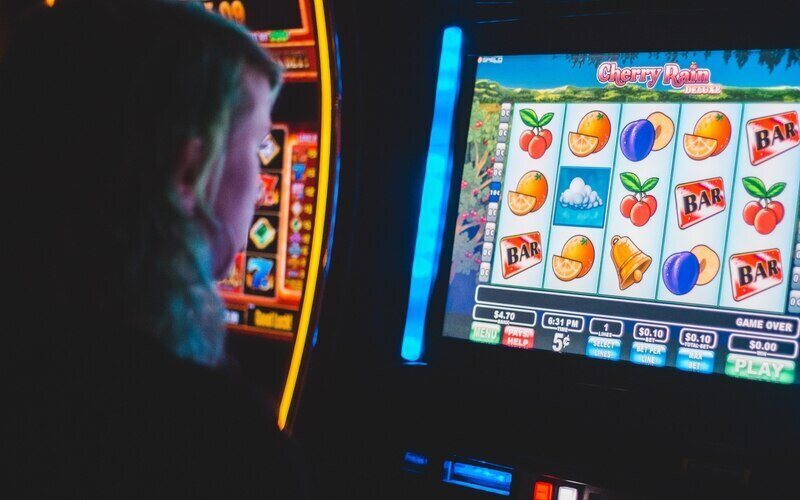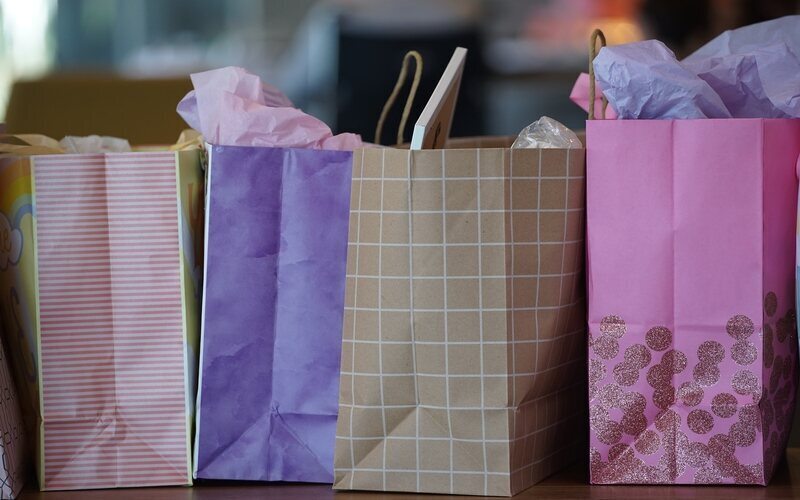CommBank's Household Spending Insights (HSI) index fell 1.8% in December with spending declining in five of the index's 12 categories.
The fall was largely driven by a sharp 8.3% plunge in spending on household goods, such as clothing and department stores, following a 1.7% gain in November.
This reflects the growing influence of Black Friday and Cyber Monday sales on Australians' spending patterns.
"As we've seen in past years, sales spending on items like household goods was brought forward to October and November to take advantage of Black Friday sales promotions, which resulted in a drop in December," CBA chief economist Stephen Halmarick said.
The festive holiday season failed to spur spending on hospitality (down 2.6%), food and beverage (down 2%), and recreation (down 2%).
Instead of purchasing new clothes or shoes, consumers directed more of their budgets toward utilities (up 4.9%), comms and digital (up 1.2%), transport (up 0.7%), and insurance (up 0.6%).
Black Friday sales doing more heavy lifting
The Australian Bureau of Statistics' (ABS) latest monthly household spending indicator corroborates the HSI findings, demonstrating the significant boost delivered by pre-Christmas sales.
According to the ABS, household spending rose by a seasonally adjusted 0.4% in November, with six of the nine spending categories rising as shoppers dashed to Black Friday sale events.
"Black Friday sales events proved once again to be a big hit, with widespread discounting and higher spending across all retail industries," said Robert Ewing, ABS head of business statistics.
"The popularity of Black Friday sales continues to grow with promotional activity now stretching across the entire month of November, not just solely focused on the Black Friday weekend."
Spending on clothing and footwear rose 1.8%, while household equipment went up 0.8%, contributing significantly to the 0.4% rise in discretionary spending.
"Strength in new vehicle purchases also contributed to higher discretionary spending, with the Federal Chamber of Automotive Industries reporting a notable rise in SUV sales in November," Mr Ewing said.
However, recreation and culture (up 0.9%) made the largest contribution to overall spending growth, with major releases such as Wicked, Gladiator II and Moana 2 all opening in November.
Retail turnover for the same month also rose 0.8%, driven largely by strong spending in department stores, clothing and footwear, household goods, and other non-food industries.
Economic uncertainty keeps consumers on their toes
Besides a shift in spending patterns, December's subdued results further illustrate Australians' caution in the face of potential interest rate hikes and rising living costs.
Renters, in particular, demonstrated weak spending growth, with annual spending increasing by just 2.4% - the lowest among the index's homeownership categories.
Meanwhile, homeowners with a mortgage upped their spending by 3.8%, while those who own their home outright saw a 2.8% rise.
All this, CBA said, reinforces the bank's forecast of a February start to cash rate cuts.
"The weakness in spending in December, combined with the improving inflation environment, supports our view that the RBA can begin to lower interest rates at the first meeting of the year," Mr Halmarick said.
The RBA Board is set to meet for the first time this year on 17-18 February.
CBA is forecasting 100 basis points of monetary policy easing throughout 2025.
Image by Freepik

Ready, Set, Buy!
Learn everything you need to know about buying property – from choosing the right property and home loan, to the purchasing process, tips to save money and more!
With bonus Q&A sheet and Crossword!



 Harrison Astbury
Harrison Astbury






